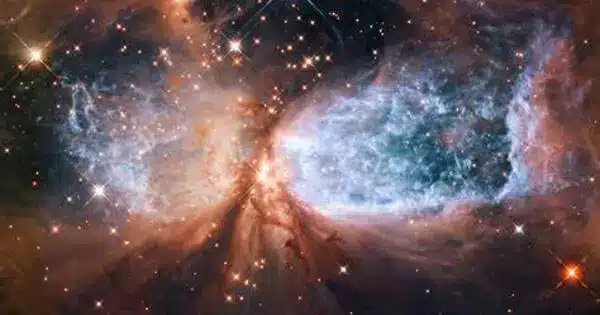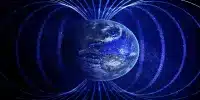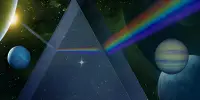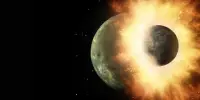The James Webb Space Telescope (JWST) is an advanced space telescope developed by NASA in collaboration with the European Space Agency (ESA) and the Canadian Space Agency (CSA). The star-forming area NGC 346 is located in the Small Magellanic Cloud, a dwarf galaxy that circles the Milky Way. The JWST is projected to contribute significantly to our understanding of the universe by obtaining magnificent and detailed photographs of cosmic objects such as NGC 346.
One of NASA’s James Webb Space Telescope’s major features is its capacity to provide scientists with comprehensive views of places where new stars are being formed. The most recent example, shown here in a new image from Webb’s Mid-Infrared Instrument (MIRI), is NGC 346, the Small Magellanic Cloud’s brightest and greatest star-forming zone.
In a new MIRI infrared image, filaments of dust and gas festoon this star-forming zone. One of NASA’s James Webb Space Telescope’s major features is its capacity to provide scientists with comprehensive views of places where new stars are being formed. The most recent example, shown here in a new image from Webb’s Mid-Infrared Instrument, is NGC 346, the Small Magellanic Cloud’s brightest and greatest star-forming zone.
In a new MIRI infrared image, filaments of dust and gas festoon this star-forming zone. One of NASA’s James Webb Space Telescope’s major features is its capacity to provide scientists with comprehensive views of places where new stars are being formed.
The Small Magellanic Cloud (SMC) is a Milky Way satellite galaxy visible to the naked eye in the southern constellation Tucana. This little companion galaxy is more primitive than the Milky Way because it contains less heavy metals, which are created in stars through nuclear fusion and supernova explosions, than our own galaxy.
Because cosmic dust is composed of heavy components such as silicon and oxygen, astronomers predicted that the SMC would be devoid of substantial amounts of dust. However, both the latest MIRI image and an earlier view of NGC 346 from Webb’s Near-Infrared Camera released in January indicate plenty of dust in this region.
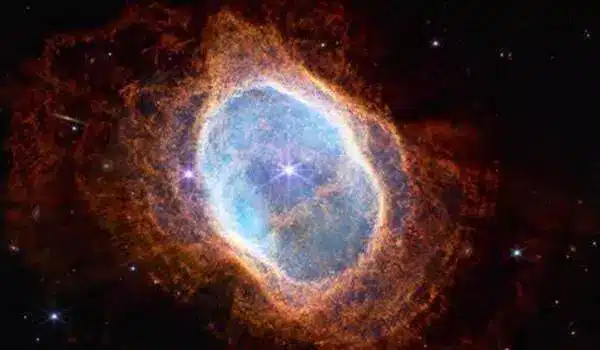
Blue tendrils track emission from dusty silicates and sooty chemical compounds known as polycyclic aromatic hydrocarbons, or PAHs, in this representative-color image. Warm dust heated by the region’s brightest and most massive stars emits more diffuse red emission. An arc in the upper left corner could be a reflection of light from a star near the arc’s center. (In the lower left and upper right, similar, fainter arcs emerge associated with stars.)
Finally, brilliant spots and filaments indicate places with a high density of protostars. The researchers searched for the reddest stars and discovered 1,001 pinpoint points of light, the majority of which were young stars still imprisoned in their dusty cocoons.
Astronomers can perform a more complete census of the stars and protostars in this active region by combining Webb observations in the near-infrared and mid-infrared. The findings have ramifications for our knowledge of galaxies billions of years ago, during a period in the universe known as “cosmic noon,” when star formation was at its zenith and heavy element concentrations were lower, as observed in the SMC.The James Webb Space Telescope is the world’s leading observatory for space science.
